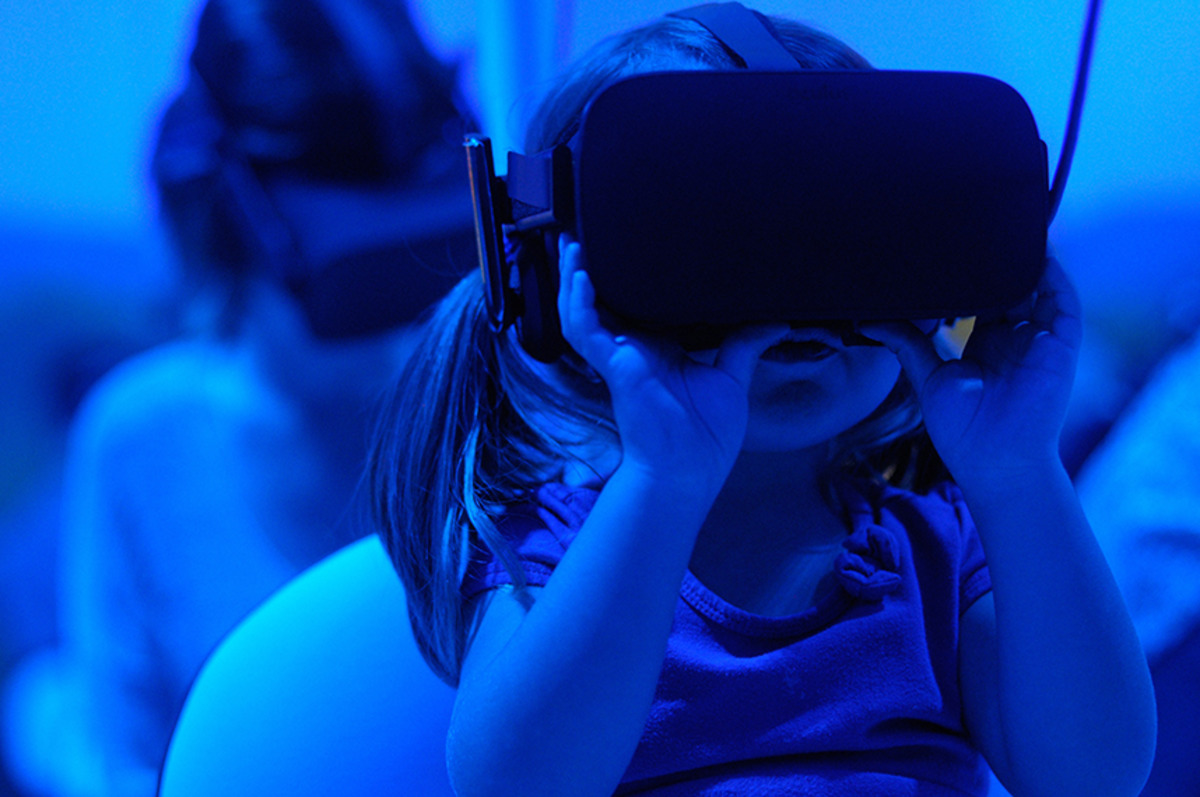Skift Take
Although a growing number of families are eager to travel together, convincing them to shell out big money for seemingly dry experiences is a tall order. So tour operators need to create lively environments for children to make their trips more appealing for the lucrative market.
Tour operators specializing in luxury cultural trips — many of which take travelers to locations such as prominent art museums and archaeological sites — have long focused on attracting older guests through their heavy use of lecture-like presentations.
But such companies are increasingly targeting younger travelers and families with young children by turning away from those professor-like talks while emphasizing the use of technology. The shift comes as more people are expressing an interest post-Covid in traveling with loved ones. Seventy-six percent of respondents to a recent survey of consumers in seven countries said they plan to travel more with their families in 2022 than in 2021.
“There is a really growing segment of travelers and a younger age group that really want to have these stimulating cultural experiences.” said Adam Sebba, CEO and co-founder of the newly launched UK-based tour operator The Luminaire. The company surveyed travelers worldwide with a combined worth of $4.4 billion prior to its launch.
“I think the portion of people wanting (to just relax on holiday) has declined and been replaced by a growing segment of travelers that want to go to Antarctica and see climate change with climate scientists and educate their children.”
Sebba said he noticed a huge increase in inquiries for educational experiences at a previous position. He declined to provide a figure for how many trips The Luminaire has booked for families, but said the company is seeing a strong booking interest in family trips for the summer of 2022. The Luminaire’s first booking enquiry came from a father and teenage son planning to travel together.
“If you go away with a family or in a group of friends, you want to have a shared experience. If you just take in the sun or lie by the pool, you don’t get to have these shared experiences,” Sebba said. “When you learn something from an expert, you all come together with memories and a common bond. It can be a very powerful experience to have.”
But how are companies active in the sector working to make their trips more attractive to a younger demographic? June Chin-Ramsey, the CEO of U.S.-based Context Travel, said her company is showcasing videos from its offerings containing shorter sound bites instead of promoting professor-like presentations.
“People want to know that this is not going to be some boring lecture that will put them to sleep,” Chin-Ramsey said. She added that while older guests might not have a problem with listening for between 60 and 90 minutes, that format is generally unappealing to many younger guests who want more interaction during tours.
Likewise, Sebba said the Luminaire plans to create augmented reality and virtual reality content with its experts. He added the company aims to use the technology to make historical sites, such as the Colosseum in Rome, come to life with historical characters.
While Chin-Ramsey believes that it’s appropriate to take children as young as four years old on tours, Sebba acknowledges it can be difficult for very young guests that age to engage with objects they’ll come across, such as a sculpture or painting. But The Luminaire is planning immersive experiences during its tours that Sebba views as captivating for children. He provided, as an example, his company’s upcoming trip to a paleontology camp to Wyoming, where guests will be able to dig for a dinosaur.
“Interactive experiences are both for adults and children alike,” Sebba said. “But we see immersion as an essential part of the engagement process for children.”
The growing desire to provide children educational opportunities extends to the choice of hotels. Sebba revealed the company learned through the survey prior to its launch that most important criteria travelers had for a hotel were the ability to educate children and the opportunity to have enriching experiences there.
“For me, that was definitely a penny drop moment,” Sebba said.
The Daily Newsletter
Our daily coverage of the global travel industry. Written by editors and analysts from across Skift’s brands.
Have a confidential tip for Skift? Get in touch
Tags: cultural tourism, cultural tours, family travel, luxury, technology, tour operators, virtual reality
Photo credit: A young traveler using virtual reality technology The Luminaire
